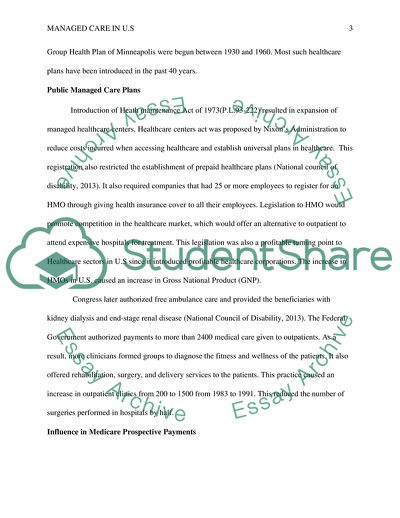Cite this document
(History of Managed Care in the US Assignment Example | Topics and Well Written Essays - 1750 words, n.d.)
History of Managed Care in the US Assignment Example | Topics and Well Written Essays - 1750 words. https://studentshare.org/health-sciences-medicine/1877201-managed-care
History of Managed Care in the US Assignment Example | Topics and Well Written Essays - 1750 words. https://studentshare.org/health-sciences-medicine/1877201-managed-care
(History of Managed Care in the US Assignment Example | Topics and Well Written Essays - 1750 Words)
History of Managed Care in the US Assignment Example | Topics and Well Written Essays - 1750 Words. https://studentshare.org/health-sciences-medicine/1877201-managed-care.
History of Managed Care in the US Assignment Example | Topics and Well Written Essays - 1750 Words. https://studentshare.org/health-sciences-medicine/1877201-managed-care.
“History of Managed Care in the US Assignment Example | Topics and Well Written Essays - 1750 Words”. https://studentshare.org/health-sciences-medicine/1877201-managed-care.


